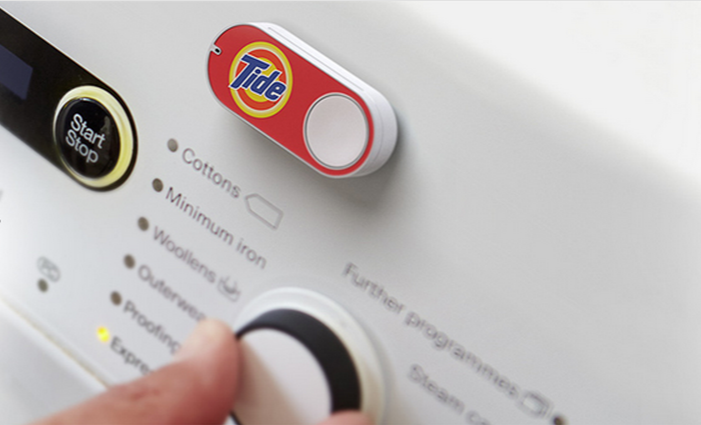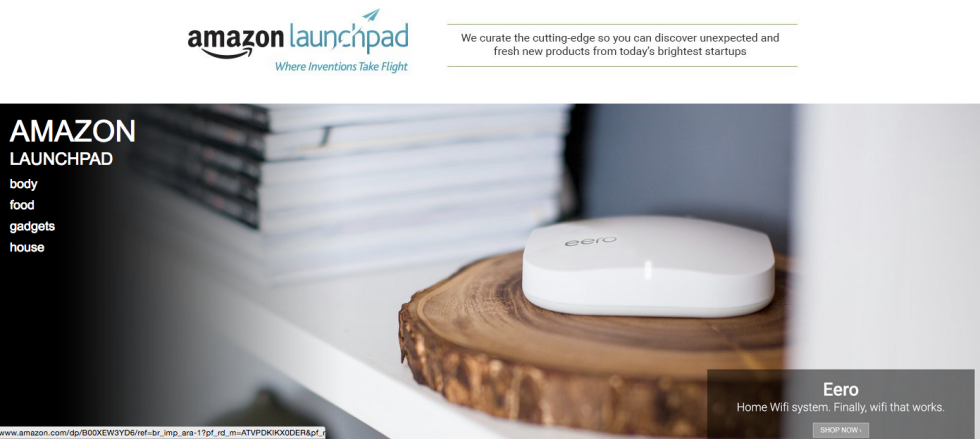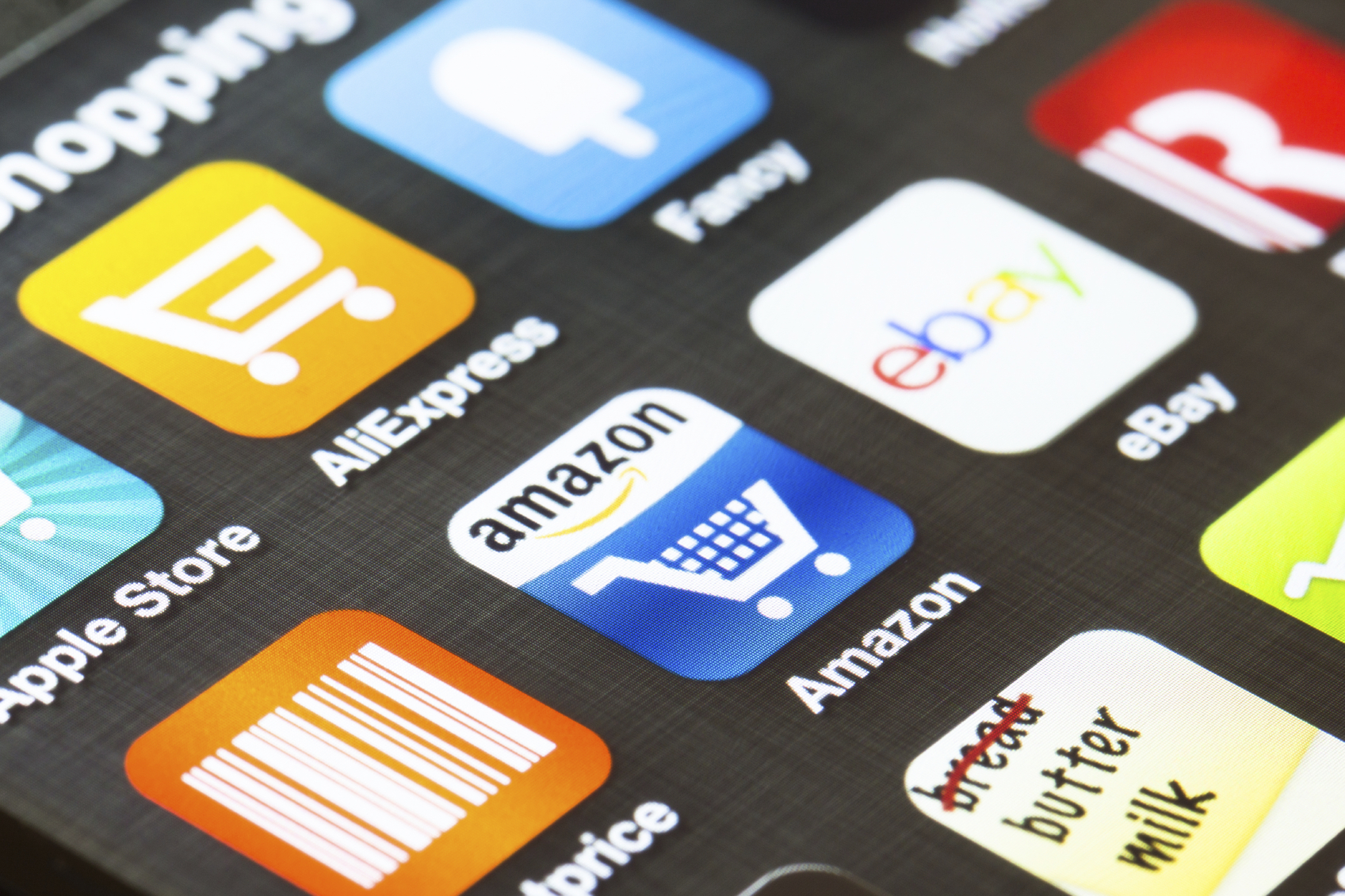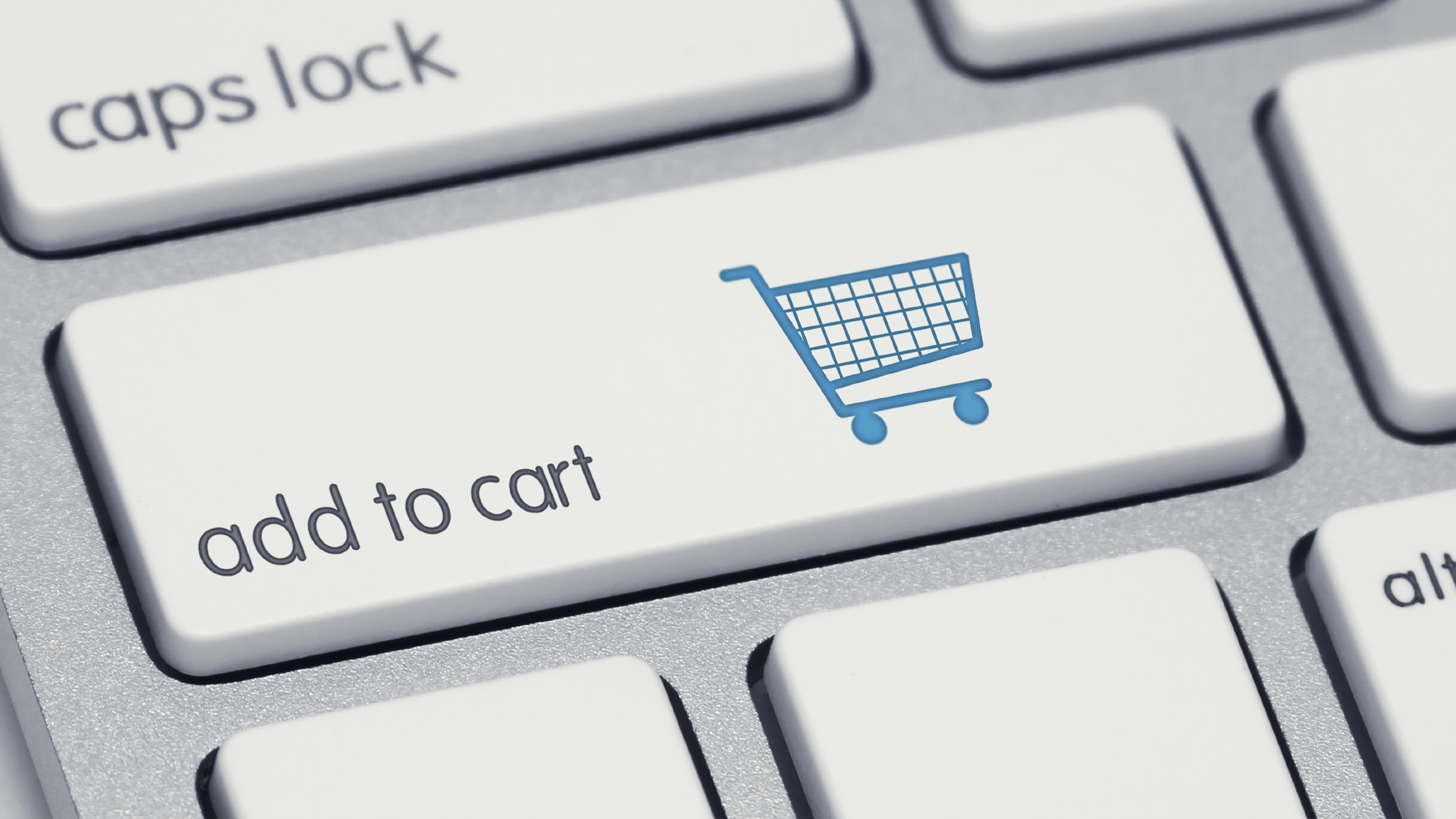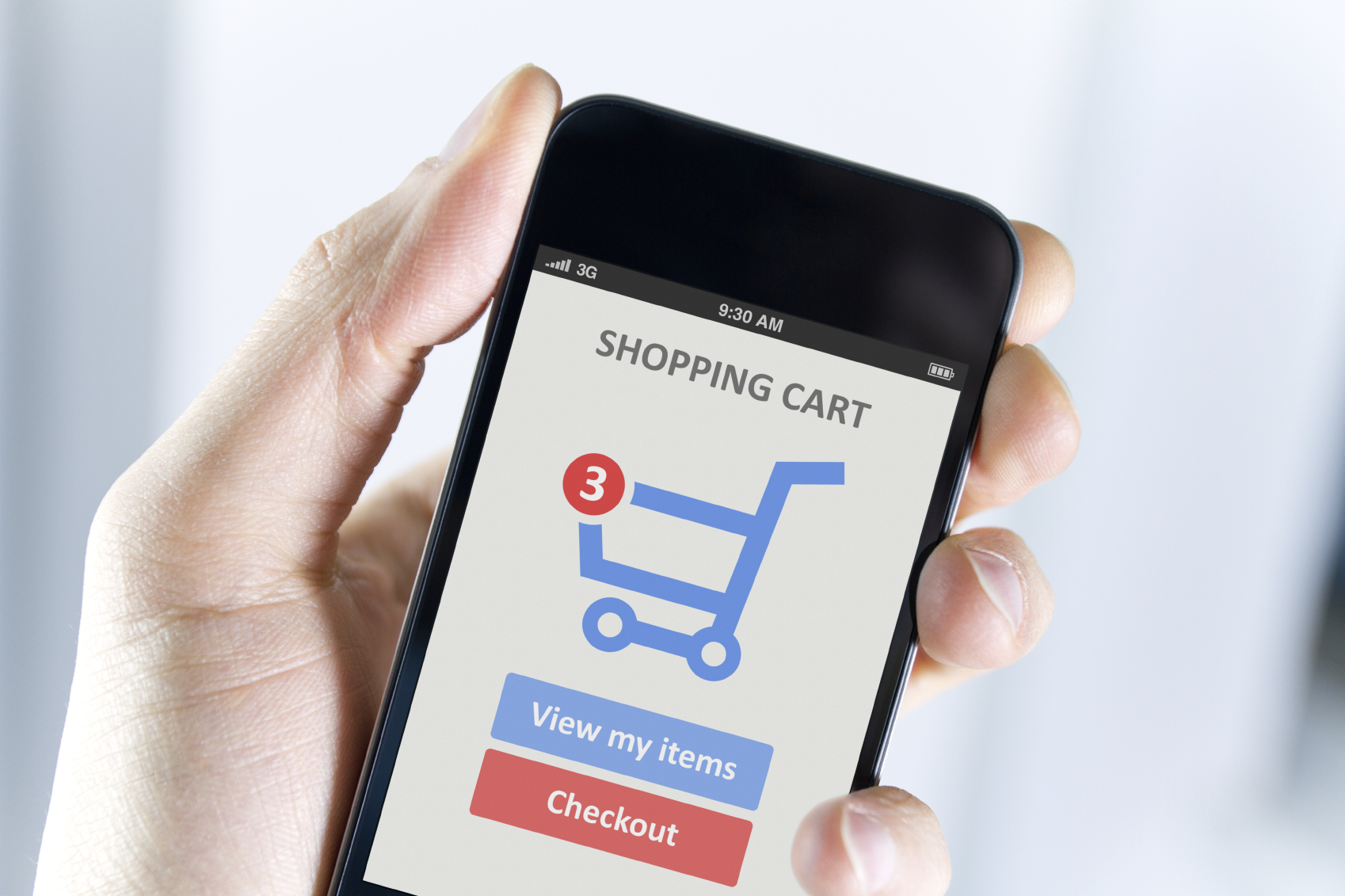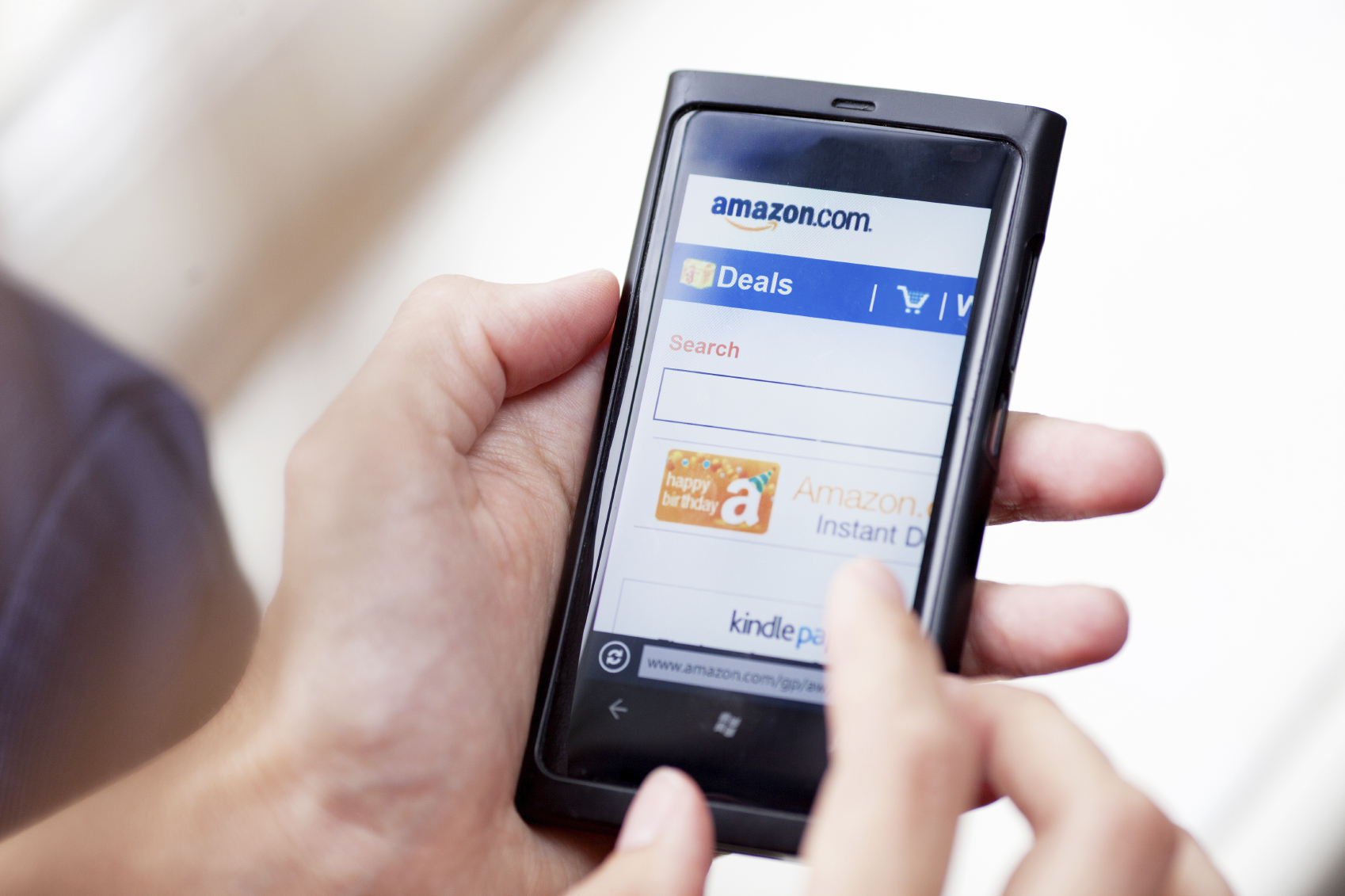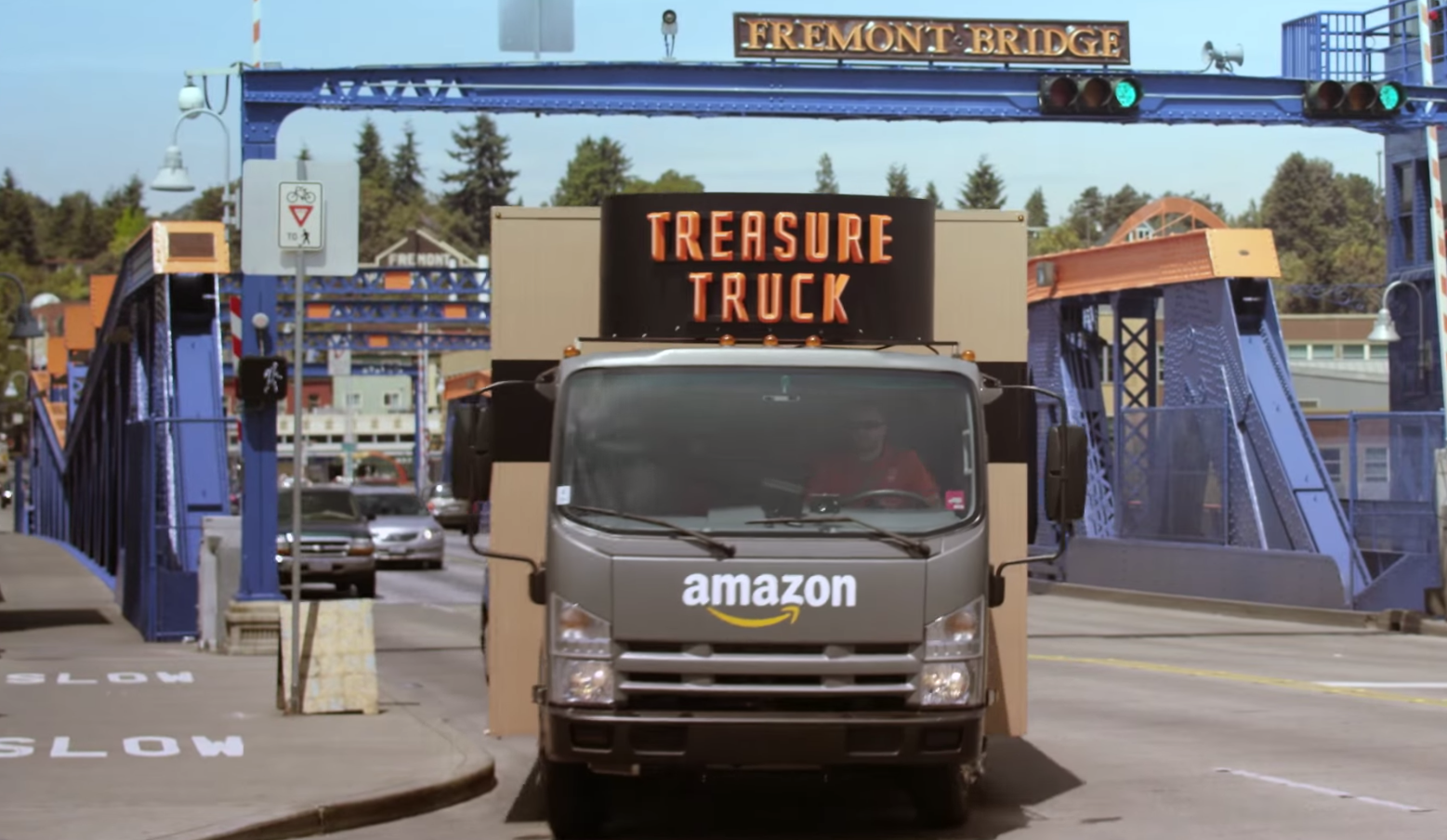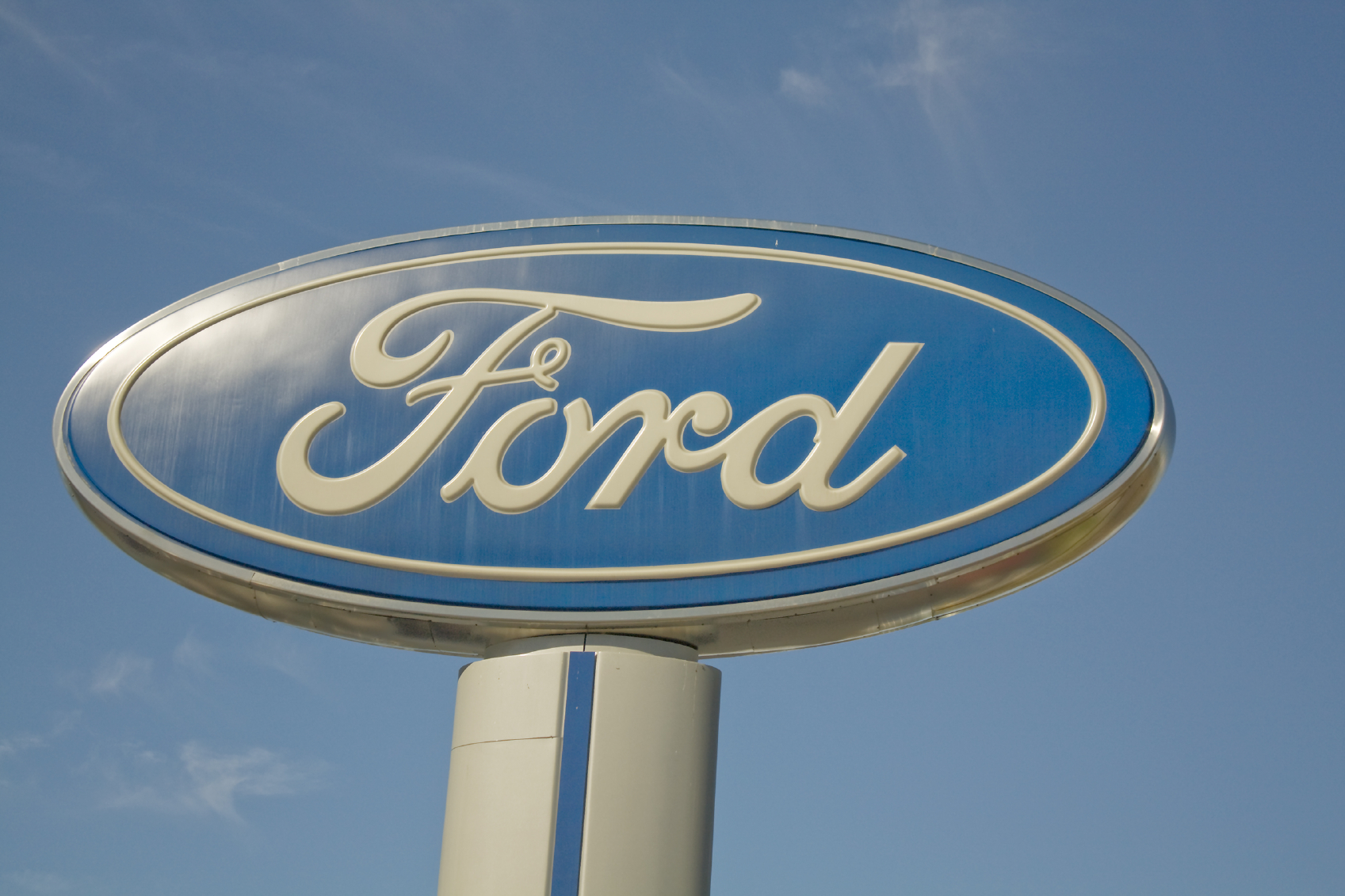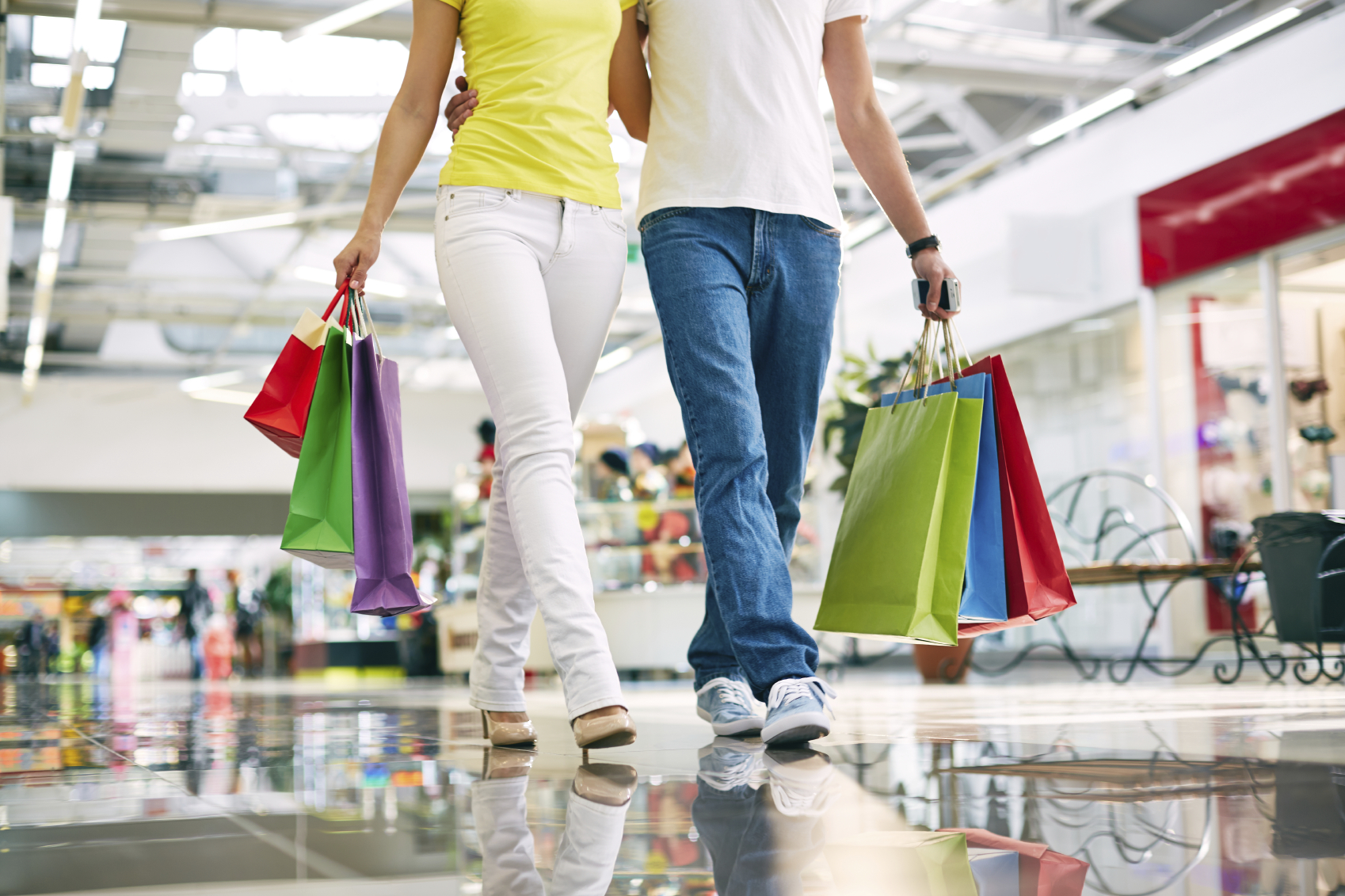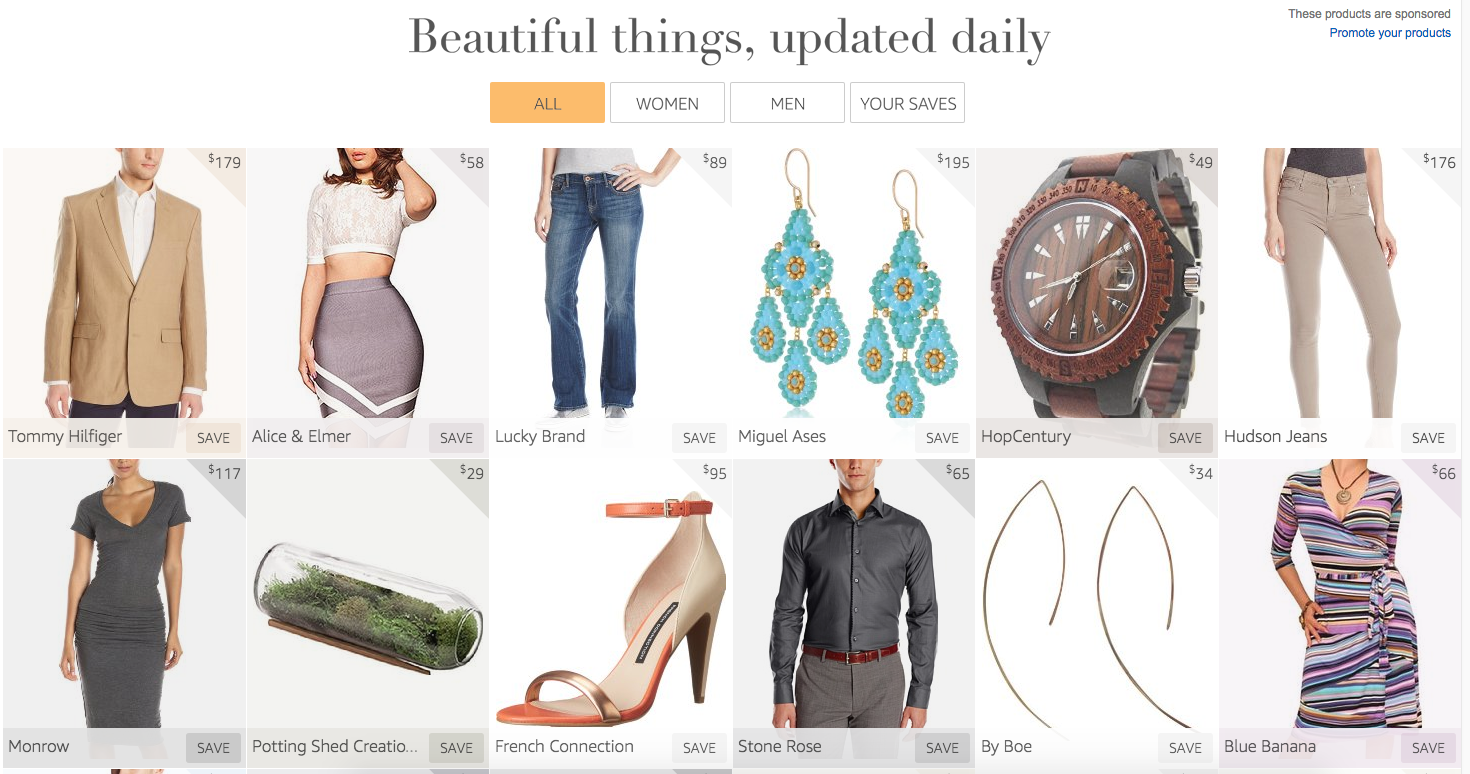What Happened
The much-hyped Amazon Dash Buttons are finally here, available for all Prime members to purchase at $4.99 a piece. Back when it first launched four months ago, the bluetooth-enabled gadgets were initially offered for free to select Prime members by invitation only.
What Brands Should Do
As of now, there are 18 different branded Dash Buttons available, with nearly all of them created for household products. This means there is still many other CPG categories that could benefit greatly from putting out their own physical buy buttons to cultivate a long-term relationship with consumers that encourages habitual re-purchase. CPG brands should consider partnering with Amazon soon in order to gain the first-mover advantage.
Source: The Verge
Header image taken from Amazon’s site for “Dash Button“.
